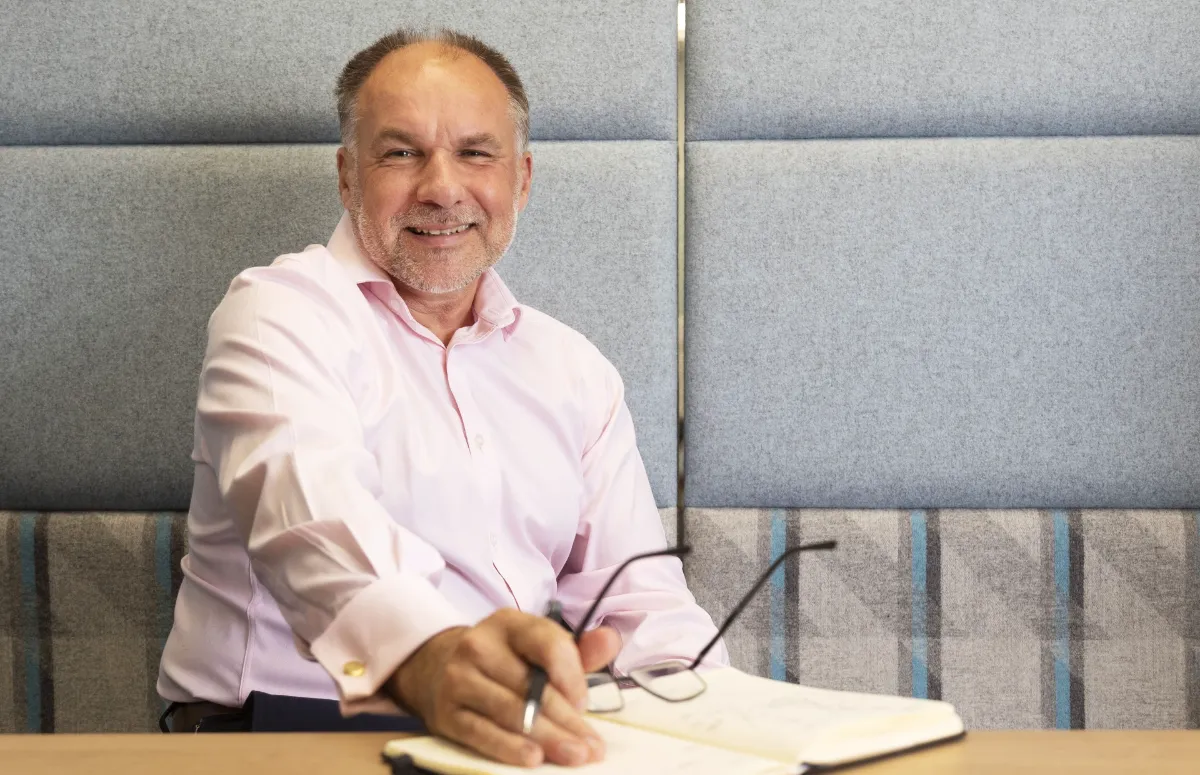From Resistance to Resilience: Coaching Through the Human Response to Change Curve

Change is no longer a one-off project.
It’s a constant hum in the background of every modern workplace.
New systems. New roles. New expectations. Again and again.
But here’s the catch: people don’t change on command.
They resist.
They wobble.
They question everything.
And that’s normal. It’s human. Because before transformation comes a dip—a curve that every person must travel.
This is the Human Response to Change Curve. It maps the emotional journey people take—from shock and denial, through frustration and low energy, then into acceptance, problem-solving, and renewal.
So how do leaders help people navigate it well?
Not with control. Not with commands.
But with coaching.
In today’s world of work, leaders must coach change, not manage it. Why? Because managing focuses on tasks and timelines. Coaching focuses on people and progress.
Here’s how a coaching style of leadership makes the difference:
1. Meet People Where They Are
A coaching leader understands that every team member sits at a different stage of the curve. Some are still in denial. Others are moving towards experimentation.
Ask questions like:
- “How are you feeling about this shift?”
- “What part of this feels unclear or overwhelming?”
Coaching creates space for people to be real—without fear.
2. Normalise the Dip
Rather than pushing positivity too soon, a coaching leader validates the discomfort.
Say: “It’s completely normal to feel unsettled right now. You’re not alone.”
This builds trust. It also prevents resistance from going underground.
3. Reignite Agency
Once people feel seen, they can begin to move. A coach-style leader helps them regain control through small wins and personal reflection.
Ask:
- “What’s one part of this change you can influence today?”
- “What strengths do you have that will help here?”
Suddenly, the fog lifts. Momentum returns.
4. Embed New Beliefs, Not Just Behaviours
Real change sticks when people shift how they see themselves—not just what they do. Coaching leaders help people reframe challenges and step into new identities.
Say: “What do you know now that you didn’t know before?”
Or: “Who are you becoming through this?”
That’s not just adoption. That’s transformation.
Change is hard. But it doesn’t have to be lonely.
With a coaching style of leadership, you don’t just guide people through the curve—you walk beside them.
You create space for growth.
You build trust.
And you accelerate lasting change.
Because when leaders coach through the curve, teams don’t just survive change.
They thrive through it.
Trayton Vance
Trayton Vance is the Founder and Managing Director of Coaching Focus Group, one of the UK’s leading leadership coaching consultancies. With over two decades of experience, Trayton helps organisations build coaching cultures that unlock potential, drive engagement, and create lasting impact.
Coaching Focus Group
Specialists in leadership coaching, workplace coaching programmes, and building coaching cultures that stick.
[FREE WEBINAR]
Thu, Jan 22, 2026, 12:00 PM (GMT)
.jpg)
You might be interested in...



Employee Engagement Series
.jpg)










